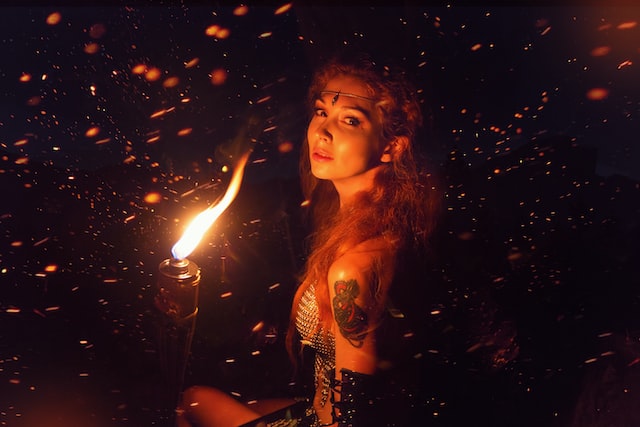Vampires and werewolves are legendary creatures that are featured most in fiction stories and folklore. Many people have been fascinated by them and some even believed their existence was real. Some even believed that the vampires and werewolves’ war actually happened in ancient times and was continuing in this age. Well, who won’t be fascinated by these fanged creatures who are said to be able to live for a thousand years?
Listen good vampire and werewolf romance novels on Wehear is a wonderful experience.
Experience immersive storytelling with Wehear
History And Characteristics
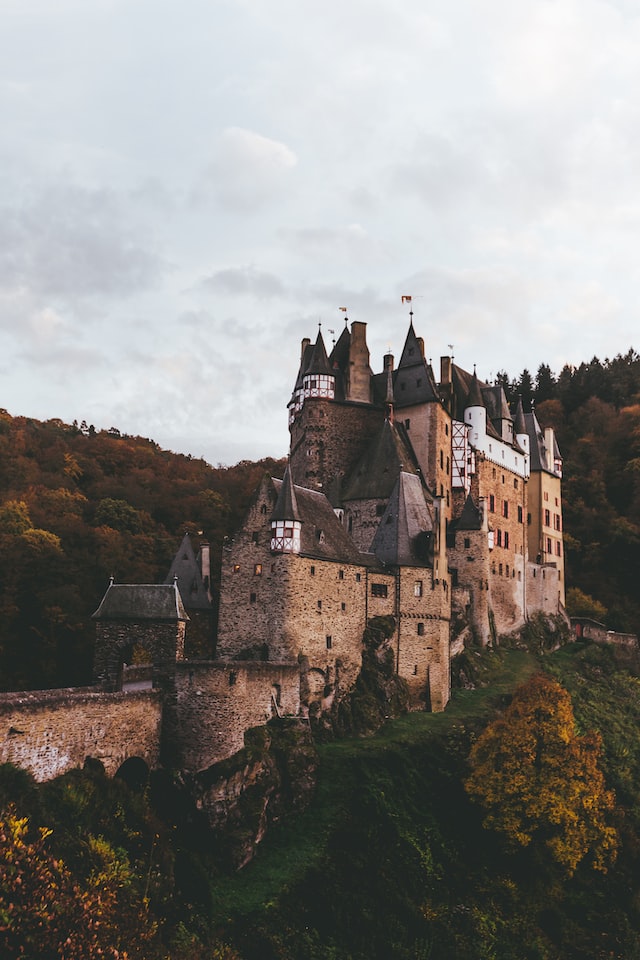
Due to their dislike of sunlight and the fact that they mostly need the full moon to undergo a transformation, both vampires and werewolves spend the majority of their time at night. Both vampires and werewolves are incredibly powerful, quick, and resilient. They both also have longer lifespans and enhanced senses. Vampires and werewolves can both shift into different things. Vampires can transform into rats and bats. While werewolves take the human form most of the time.
Vampires and werewolves both originated from European folklore, and long before vampire werewolf novels became a trend, vampires and werewolves were once famous traditional stories and Europe that were passed on from generation to generation. In European folklore, a werewolf is a man who transforms into a wolf at night and eats animals, people, or corpses before resuming his human form during the day.
Vampires were very popular in eastern Europe, too. And the word vampire most likely originated from that region. In times of famine in medieval Europe, stories of walking corpses that drank the blood of the living and spread plague were common, and people without a modern understanding of contagious disease began to believe that those who turned into vampires preyed first upon their own families.
Researchers from the 20th and 21st centuries have proposed that certain illnesses, including rabies, tuberculosis, pellagra, and porphyria, which cause biting and general sensitivities that may result in repulsion by light or garlic, are to blame for the traits associated with vampires.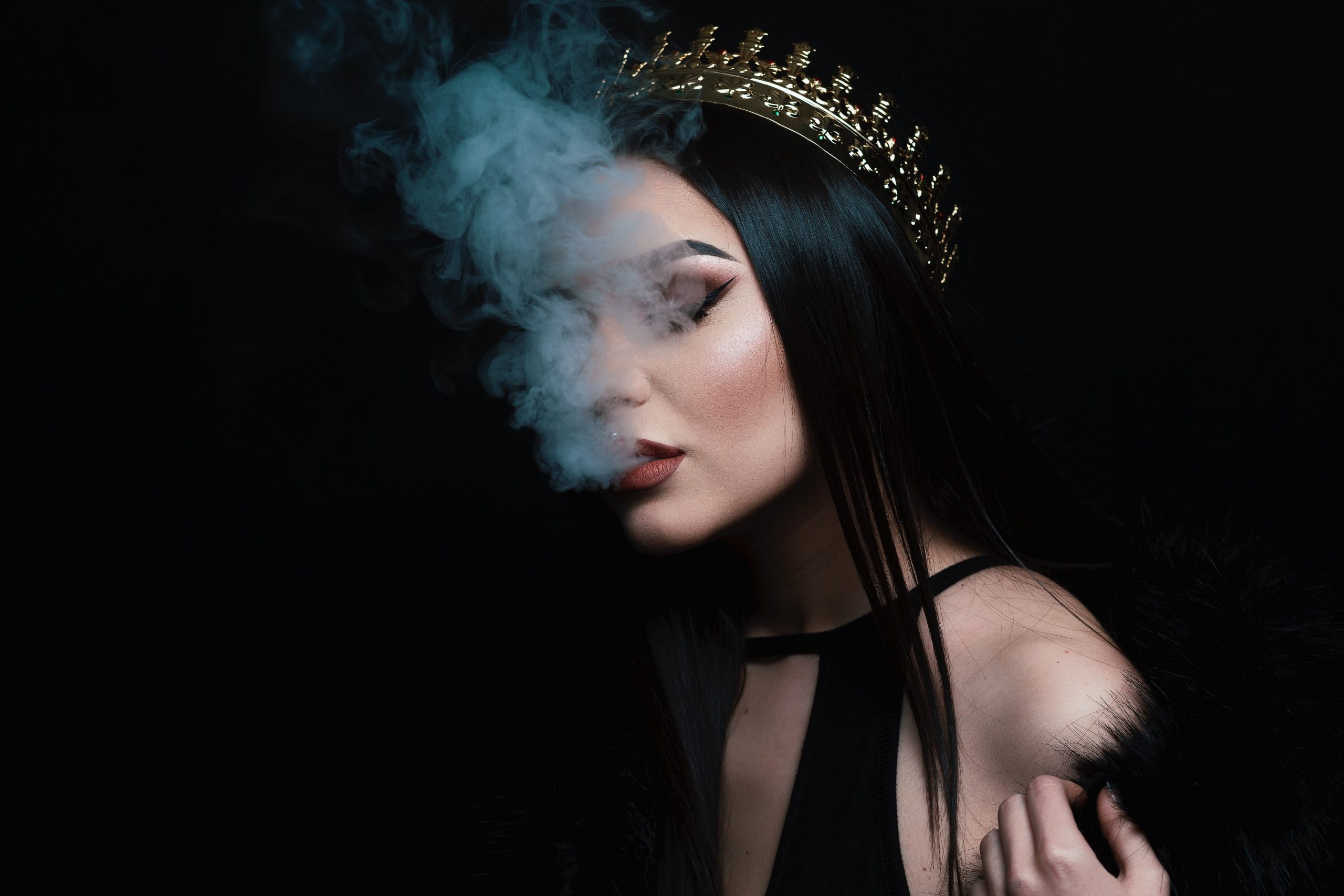
Nevertheless, the world has been swept today by the charm of vampires and werewolves, and despite their unverified origin, people still marveled at how vampires and werewolves used to be fascinating creatures that nowadays, vampire and werewolf novels are dominating modern literature.
So, if you’re one of those intrigued by these creatures of the night, then here are 5 facts you need to know about vampires and werewolves:
Part 1: 5 Facts You Don’t Know About Werewolves
1. Pack Mentality

Both vampires and werewolves are fanged creatures, but they do have a different set of mentality and priorities. Each pack has a distinct leader and a number of different members. The other pack members could hold positions such as Pack Matrons. The pack leader looks out for all of their members. For instance, if one member is having difficulty, it is typically brought to the pack leader’s attention so they can take action. While vampires are depicted in movies living alone or with families, the werewolves are contrary. Werewolves live with their pack.
2. Beliefs And Traditions

Vampires and werewolves are said to live with traditions that are entirely different from humans. However, when it comes to soulmates, it’s the werewolves who are more inclined toward that belief. Werewolves have the belief in a soul mate, a perfect other half or counterpart to their soul. They take this very seriously, as it is hard to find your soul mate, and it’s very lucky if you do.
The Elders and Adults expect younger wolves to obey and follow every rule- to control the younger generation as well as to make sure bloodlines stay completely pure. This is expressed through arranged marriages. If they don’t follow through with the commitments their parents have set up, they’re looked down upon as werewolves who must never put someone else before their own kind.
Also, werewolves are said to be bound by a mate bond which made them weak to resist their mate. These beliefs and traditions had been made as subjects in fiction stories and have fascinated readers around the world.
Experience immersive storytelling with Wehear
3. Physiology

Other things that intrigue humans are vampires’ and werewolves’ physical characteristics. We all know vampires as pale icy creatures while in movies werewolves are shown as characters who have abs in human form at all times. This may be because it is said that werewolves are warm-blooded.
They feel hot at all times, that’s why in the movie Twilight werewolves packs are often shirtless. Both vampires and werewolves have superhuman strength and speed. They both possess special powers, but in some fiction stories, werewolves are occasionally hostile or animalistic in nature while vampires are educated and charismatic.
Vampires and werewolves are both shapeshifters. They are said to transform from human to animal forms. An undead human who is a vampire has the ability to transform into a bat at any time, especially on a gloomy, eerie night. On the other hand, werewolves are powerless over their metamorphosis. When a full moon is present, they change from their human form to a wolf-like one.
However, both vampires and werewolves have a unique set of personality traits when depicted in cinema and literature, perhaps because vampires are supposed to have control over their form and were perceived as being icy, whereas werewolves are not.
3. Moon-Influenced Behavior
Belief in the moon’s power over these creatures made vampires and werewolves to be called creatures of the night. In folklore, even in modern literature, or in vampire and werewolf novels, these creatures are shown to be influenced by the moon. The vampires are said to be active when the moon is out, more especially the werewolves who are depicted solely based on their abilities on moon activities.
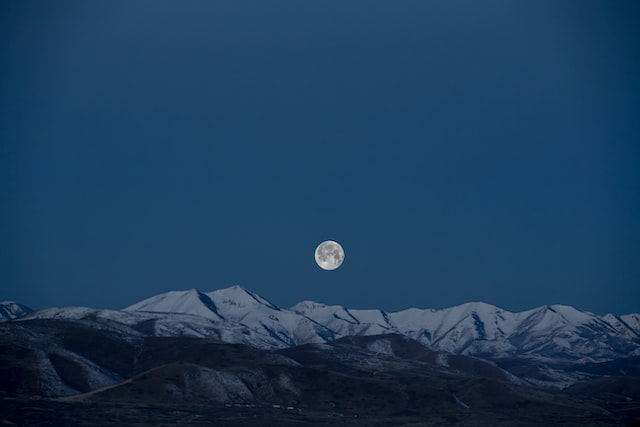
Werewolves can’t resist transforming when it’s a full moon, and were said to weaken when it’s the dark moon, or depicted to have incredible powers when the moon is in its rare occurrences, such as blood moon and supermoon. The moon has the ability to influence the behavior of werewolves.
The moon’s phases have an impact on the abilities of werewolves. After the full moon, they lose some of their supernatural skills and become more like humans. Their abilities will start to grow stronger two weeks before the full moon, along with their instincts, until the night of the full moon, when they will be at their peak and can compete with a vampire’s strength. They give up their human form at the full moon and transform into wolves till dawn.
4. Cursed Bite
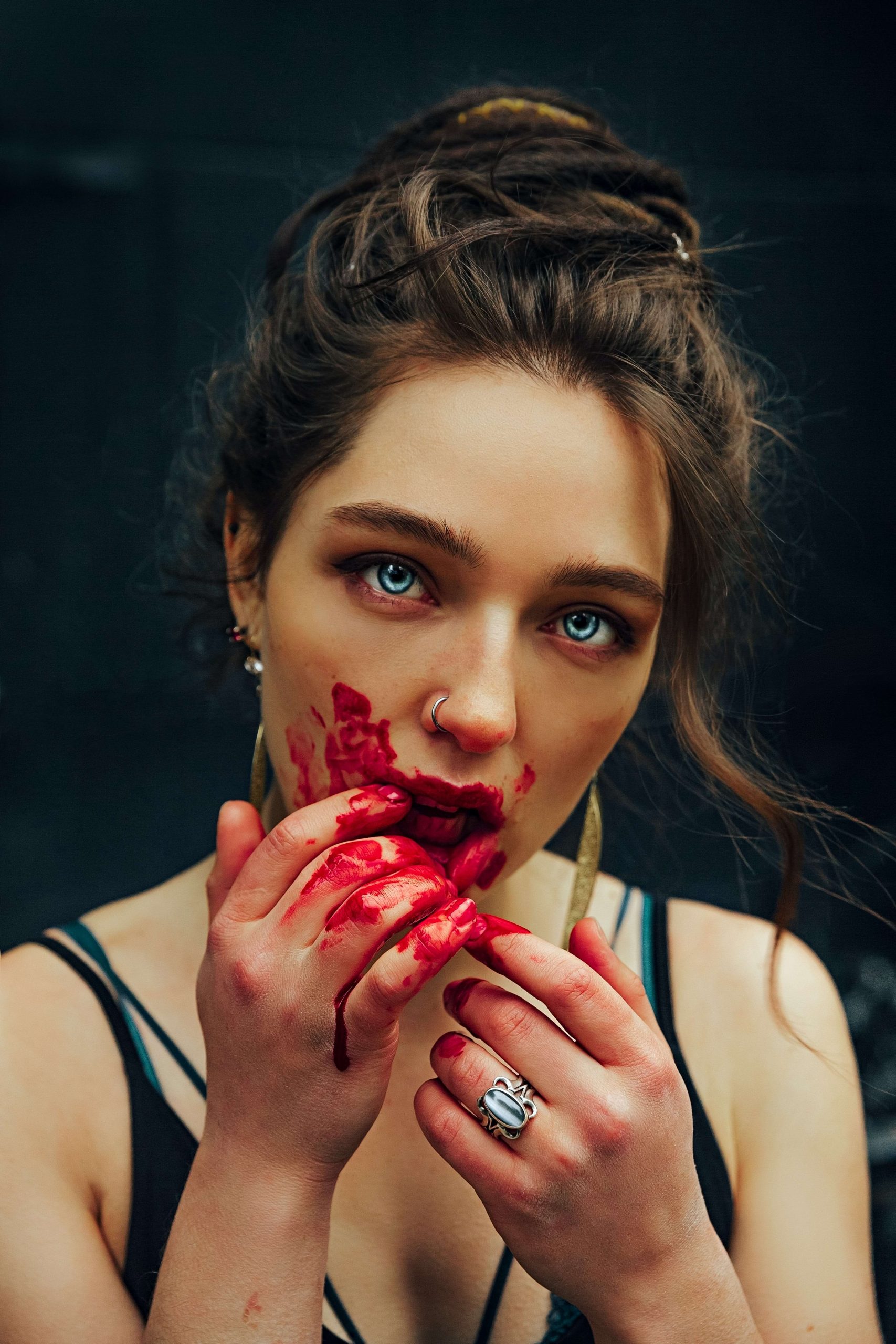
Vampires and werewolves are said to have infectious fangs. You’re pretty much screwed if a werewolf bites you and you don’t die. Get ready to become a werewolf too. The same happens too with a vampire’s bite. Both bites of vampires and werewolves are shown in fiction as something that could make a human become a wolf or a vampire.
However, the vampires may bite their prey for two purposes, it’s either to suck the blood out for a meal, or to make them into vampires. While werewolves do not prey on blood or on humans. However, their bite can turn a human into a werewolf.
5. Mortal Aging Mythical Creature
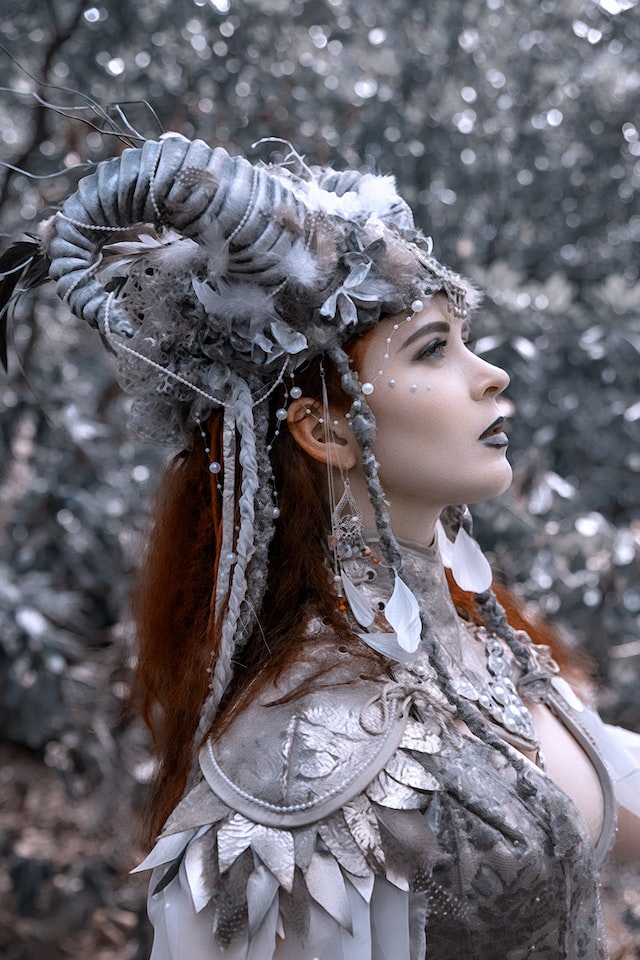
Both vampires and werewolves are fictitious monsters who prey on humans, yet there are significant distinctions between the two. While vampires never age and are immortal, werewolves are mortal and aging like humans.
Werewolves spend the majority of their lives as humans. They follow a human-style diet unlike vampires, who only consume blood.
Vampires and werewolves are variably described in mythologies, but they are all recognized for their resemblance to people and their probability to assault and convert humans into becoming like them.
Also, vampires and werewolves are frequently depicted as competing races that hate one another in contemporary popular literature such as in vampire and werewolves novels.
Part 2: 5 Facts About Vampires You Don’t Know About
1. Folklore Vampires

Vampires and werewolves are both fascinating subjects in modern fiction. Yet, vampires are said to have a different reputation in folklore contrary to how they were described in modern fiction stories. Folklore has a long history of bloodsucking ghouls and walking corpses. The vampire myth, however, places a strong emphasis on consuming human blood.
The majority of vampires are shown to be undead, something that has been brought back to life after death, and many are claimed to emerge at night from graves or coffins. Depending on the story, vampires are generally described as having pale skin and features that can range from repulsive to unnaturally lovely, unlike how they were shown now in vampire and werewolf novels. Vampires are the most well-known of all the classic monsters, wherein most people think of Dracula whenever they hear the word vampires.
2. Cannot Be Killed By Sunlight
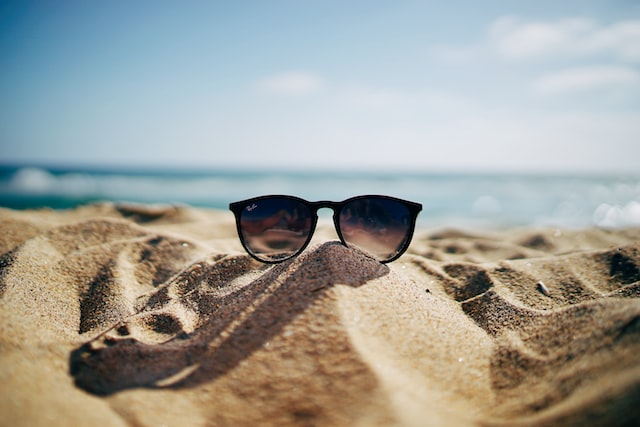
Vampires and werewolves are both creatures of the night yet when it’s the vampire who’s more dependent on darkness because their physical features hindered them from living out in the sun. In general, vampires hunt at night since sunlight weakens their powers. Sunlight is the most famous weakness of vampires.
However, it is said that this weakness is not from folklore as many different forms of vampires can thrive in the sun and traditional folklore seldom ever mentions sunlight at all, the idea that sunlight makes vampires more vulnerable to them does not originate from folklore.
Experience immersive storytelling with Wehear
Even in Bram Stoker’s classic novel Dracula, Dracula was not killed by sunlight but he is less strong during day time. But then, as literature evolved, vampires were interpreted then in some stories as creatures being vulnerable to sunlight.
3. Vampire Hysteria in the 18th Century
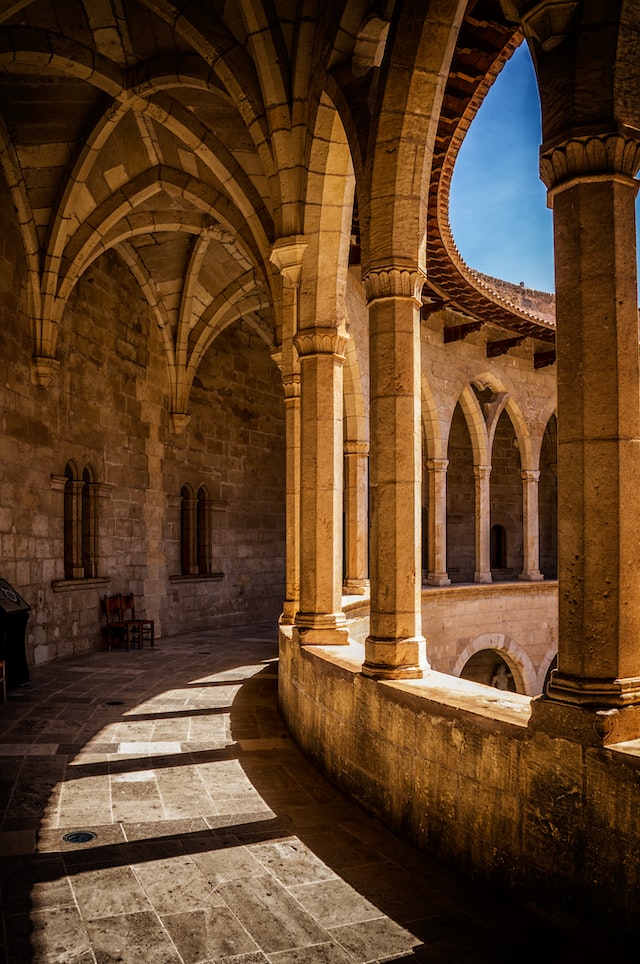
As I mentioned earlier, tales about vampires and werewolves since the middle ages, in the times when people are still lacking modern understanding about diseases, they sort of believing in the supernatural for things they can’t explain. People in the 18th century actually dug up remains of the dead in order to ensure that their ghosts would not return to haunt them.
In certain nations, regulations and legislation were actually passed as a result of this to stop individuals from bringing up bodies and harming them further. However, there have been instances of mass beheadings and hangings of individuals who were thought to be or suspected to be vampires.
4. Vampires and Garlic

While both vampires and werewolves can be killed with silver blades or weapons, garlic is one popular weapon associated with vampires. Allicin, a substance found in large quantities in garlic, is a well-known and well-proven antibiotic that is effective against a wide range of bacteria and viruses.
Humans in legend thought garlic would shield them against vampire attacks. In folklore, brides are said to put garlic under their wedding gowns for safety, and sailors thought it would shield them from shipwrecks and vampire attacks while they were at sea. But now, in modern fiction, garlic is less associated with vampires, perhaps because this doesn’t sound appealing compared to silver blades.
So, can garlic really kill vampires? Well, I would say that depends on the storytelling.
5. Dolmen Architecture
Even though vampires and werewolves are feared creatures, I think people in the middle ages feared vampires the most. A dolmen is an old stone monument that has been discovered and built over the graves of numerous people said to be vampires, especially in and around Northern Europe.
Dolmen is an ancient architecture that was connected to vampires, particularly in and around Northern Europe. Archaeologists think they were placed over the graves to prevent the vampire’s evil energies from emerging from them after death. These structures often weighed a ton and had the appearance of stone tables.
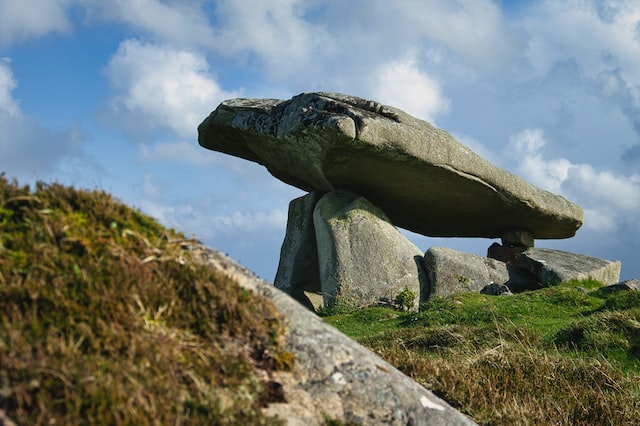
Can Vampires and Werewolves fall in love?
As I said a while ago, werewolves are governed by a belief system. These creatures are closed and strict when it comes to soul mates’ traditions. While werewolves are incapable to resist the mate bond, vampires are more free creatures. They can love who they want.
However female vampires are said to be incapable of getting pregnant. Nevertheless, these conflicts in aspects of vampires and werewolves had given spice to vampire and werewolf novels, as these fascinating facts have become the subjects of most stories.
Vampires and werewolves both started as a story, an old story that continuously became interesting as they evolved in time, despite lacking proof of whether their existence is real or not, vampires and werewolves are no doubt entertaining elements in fiction.






